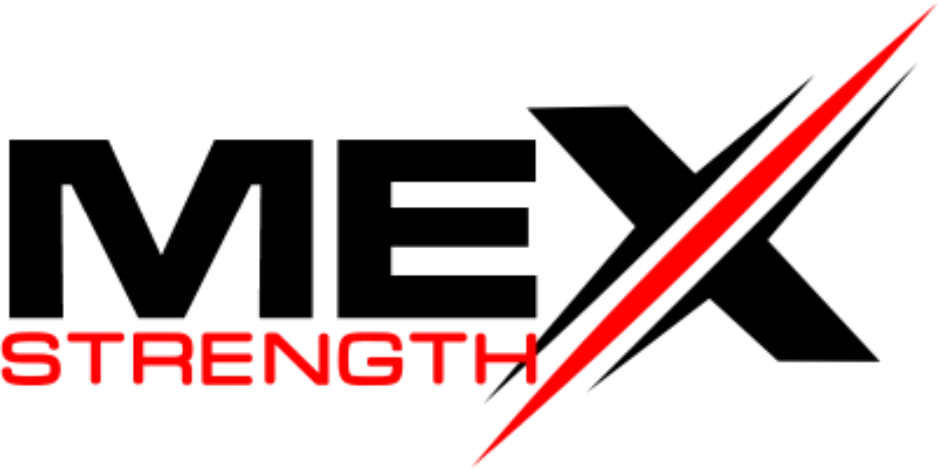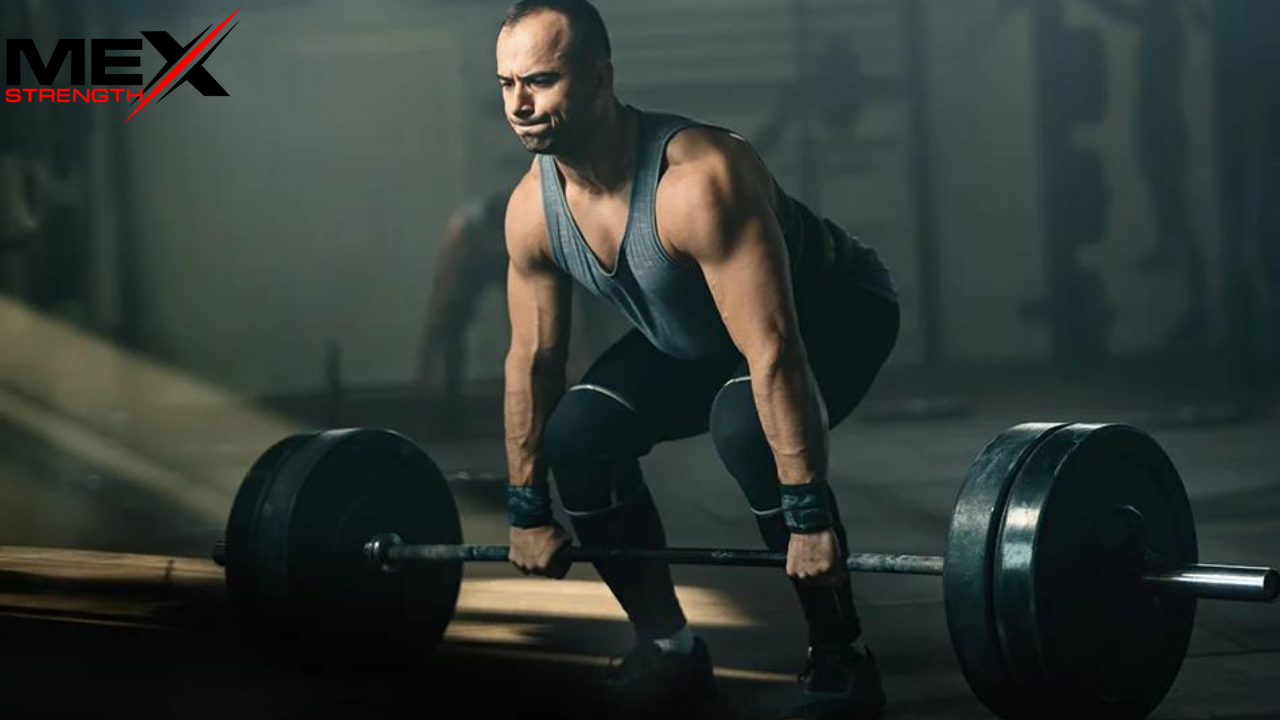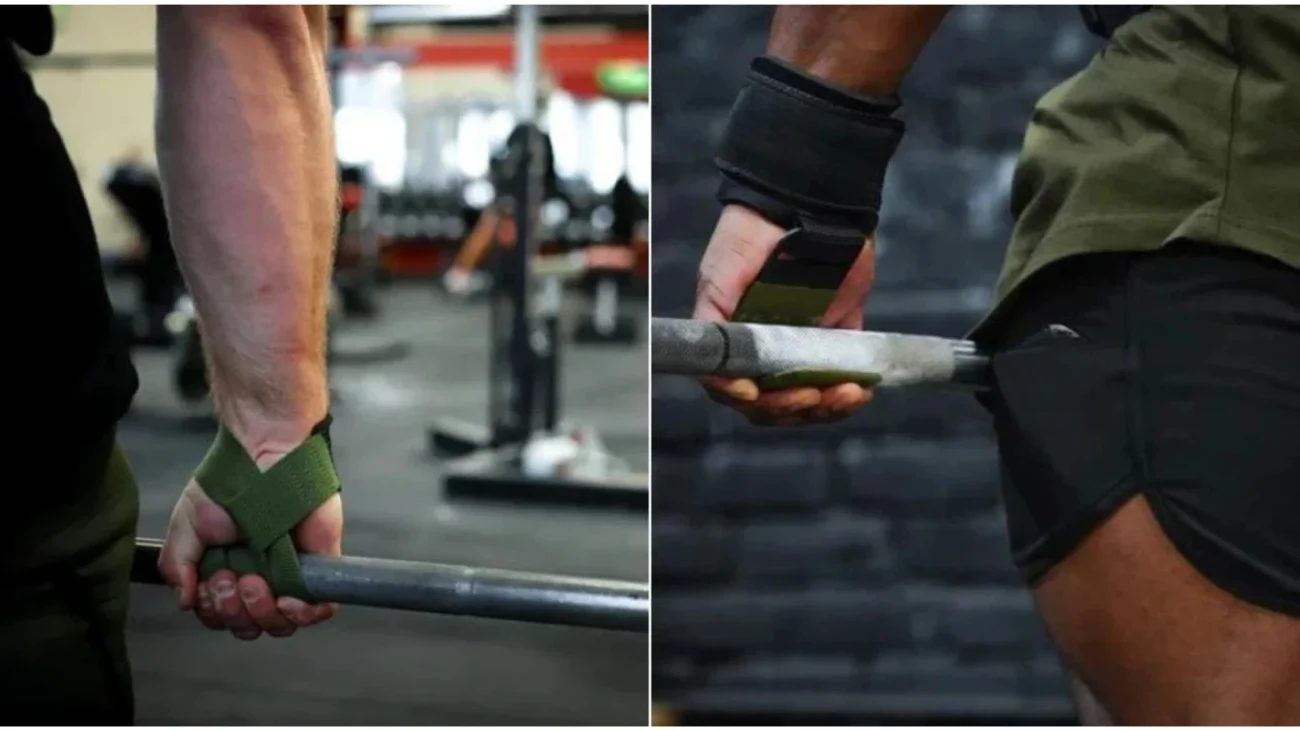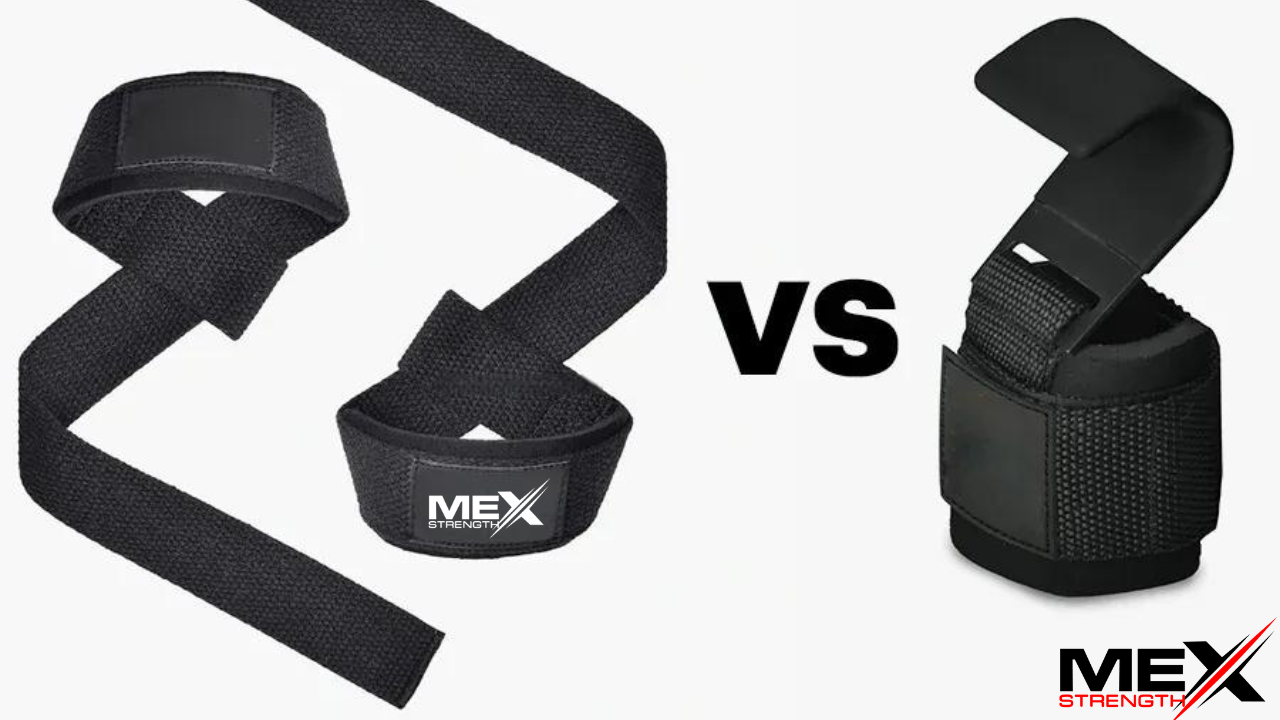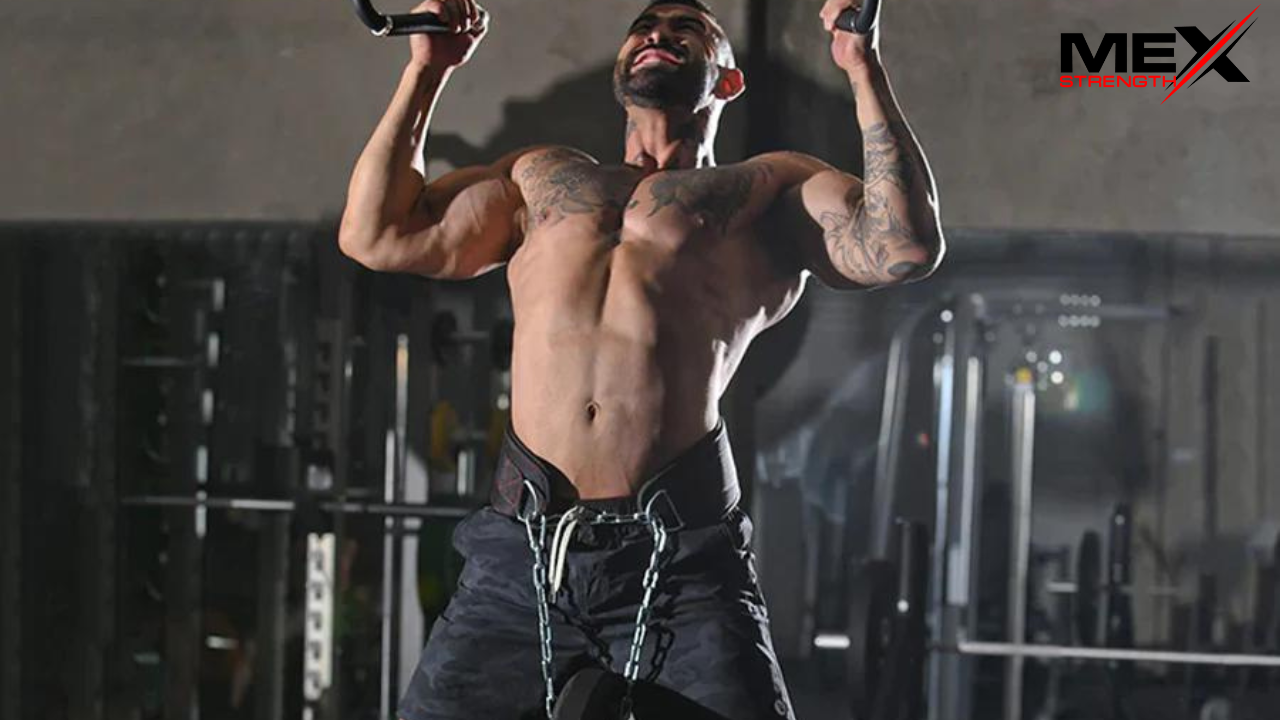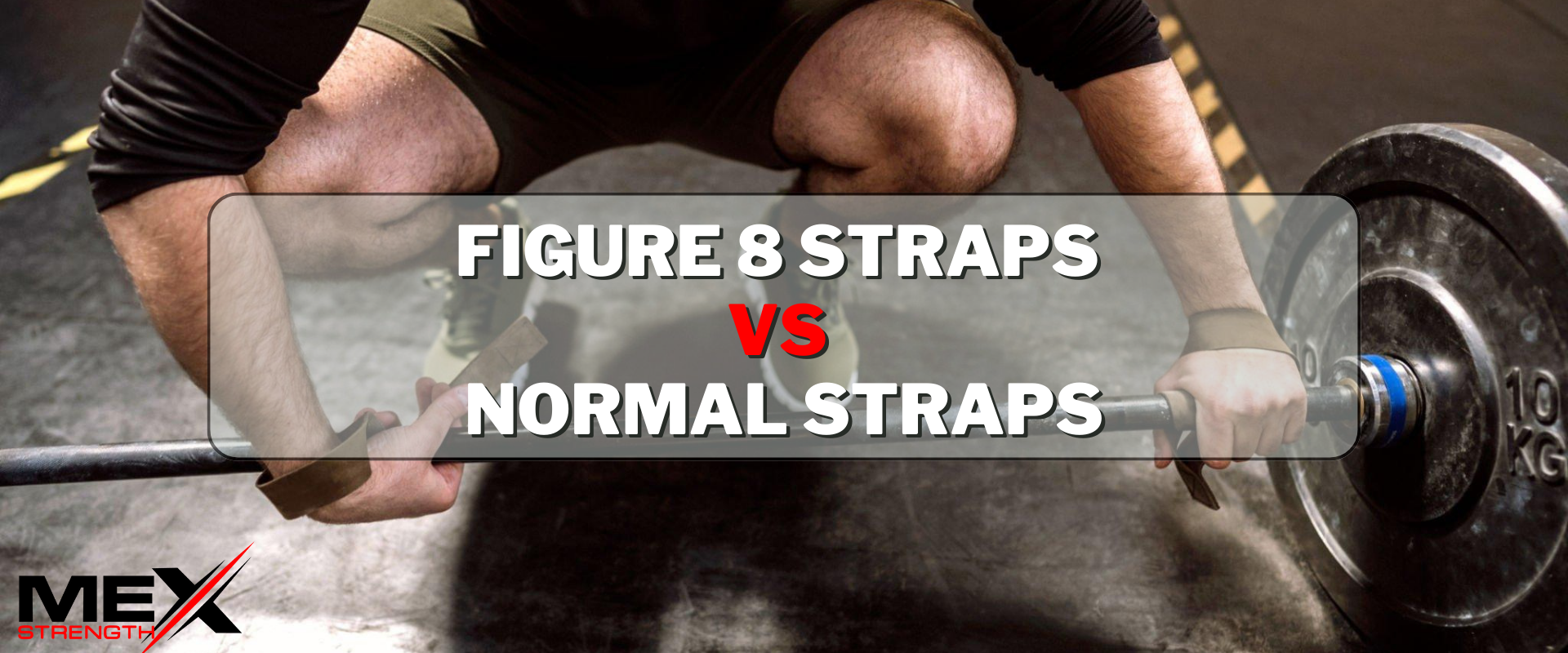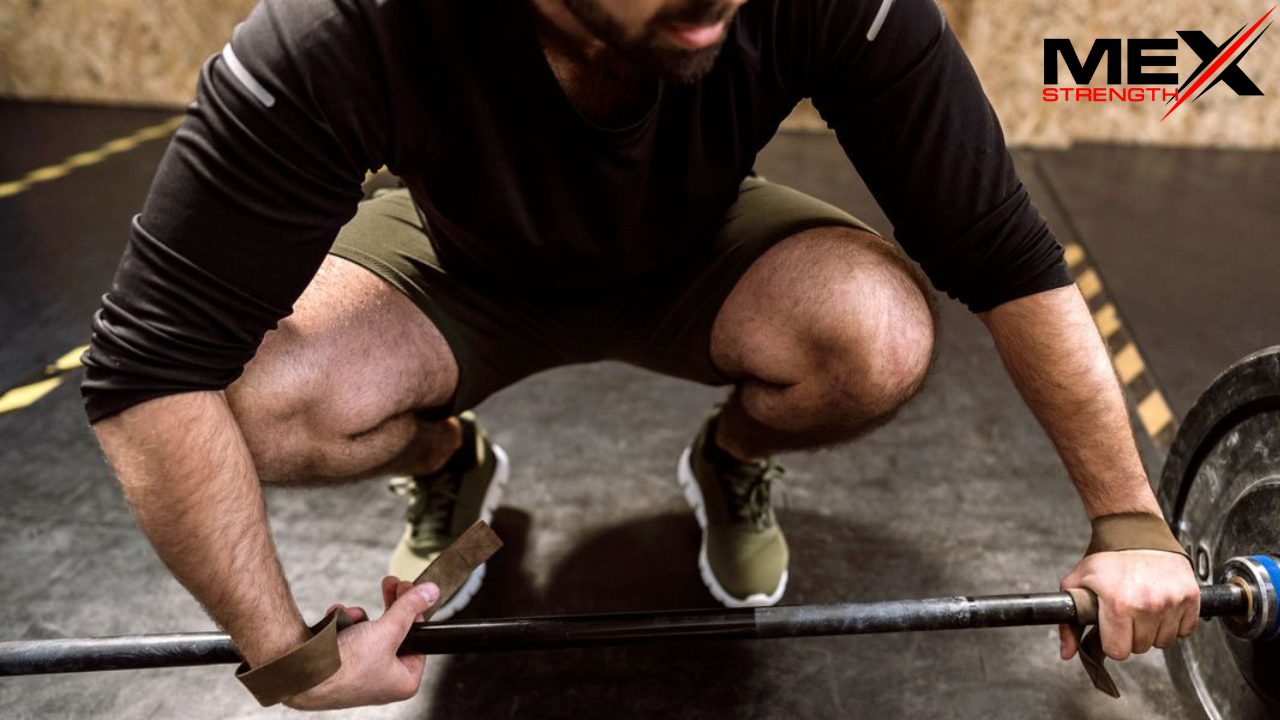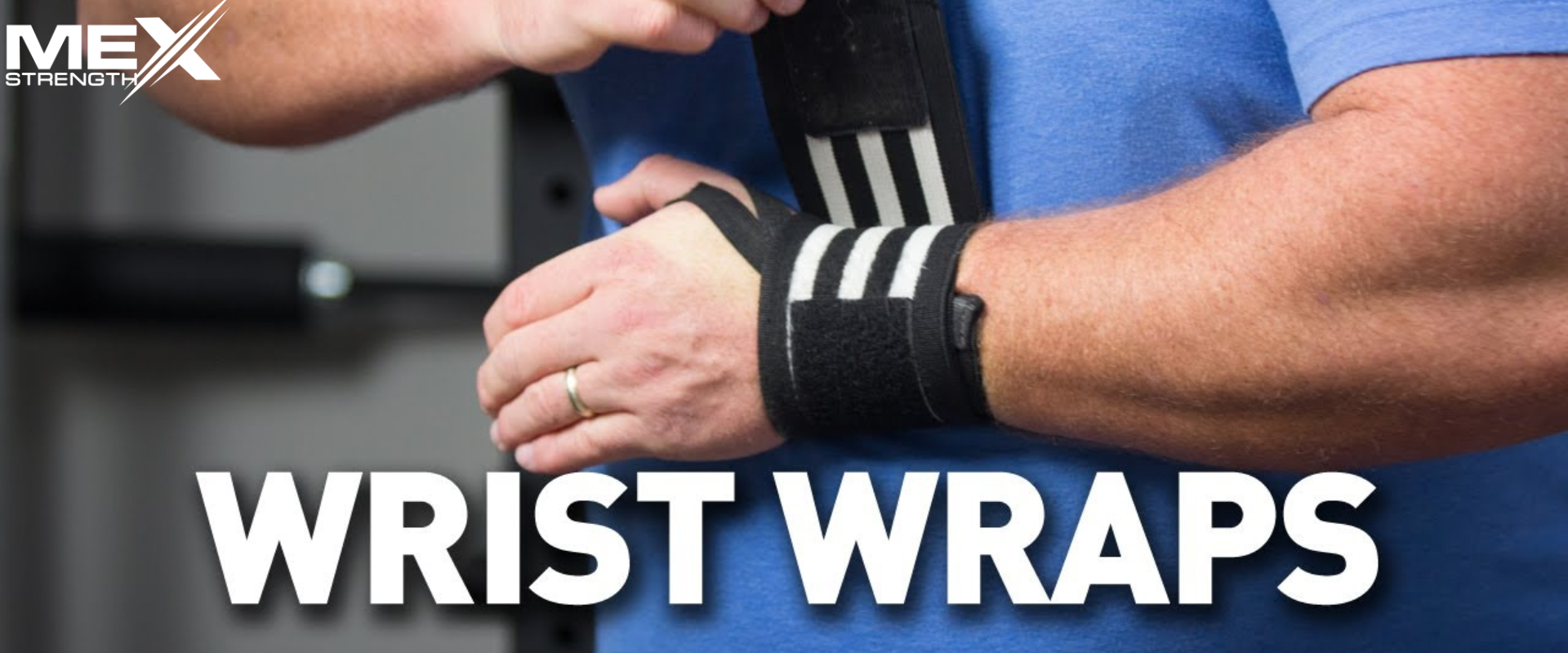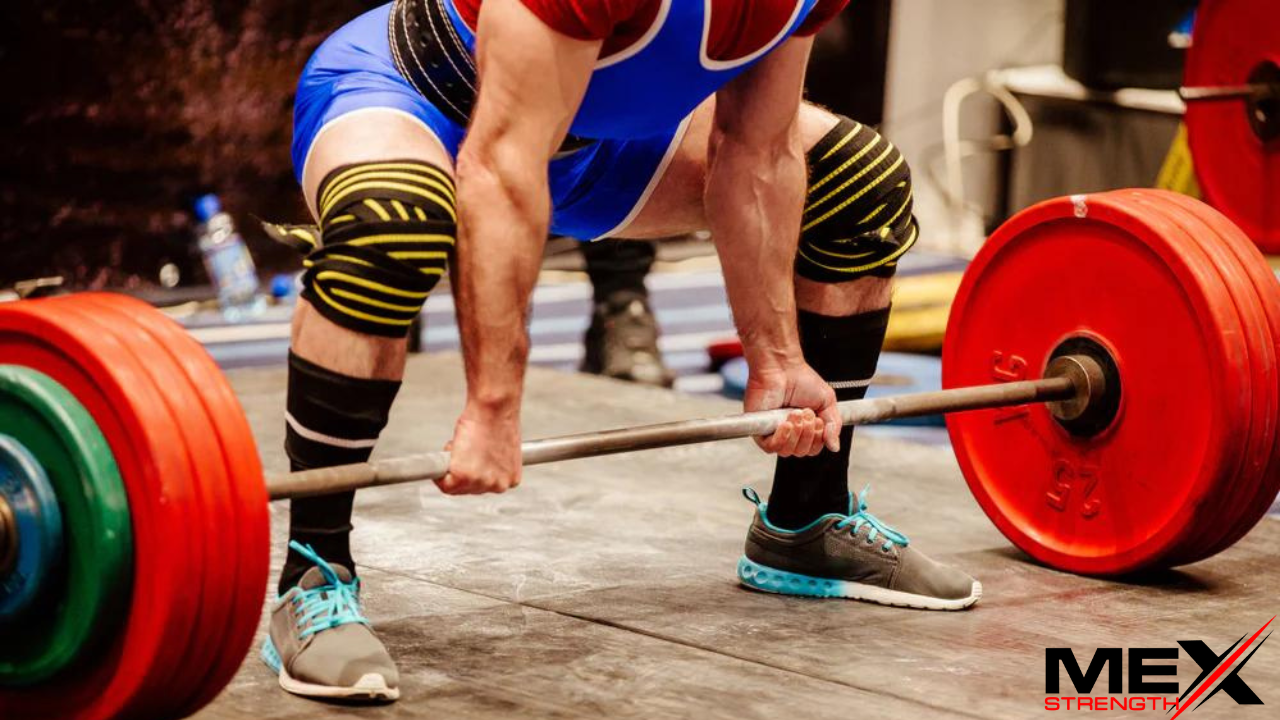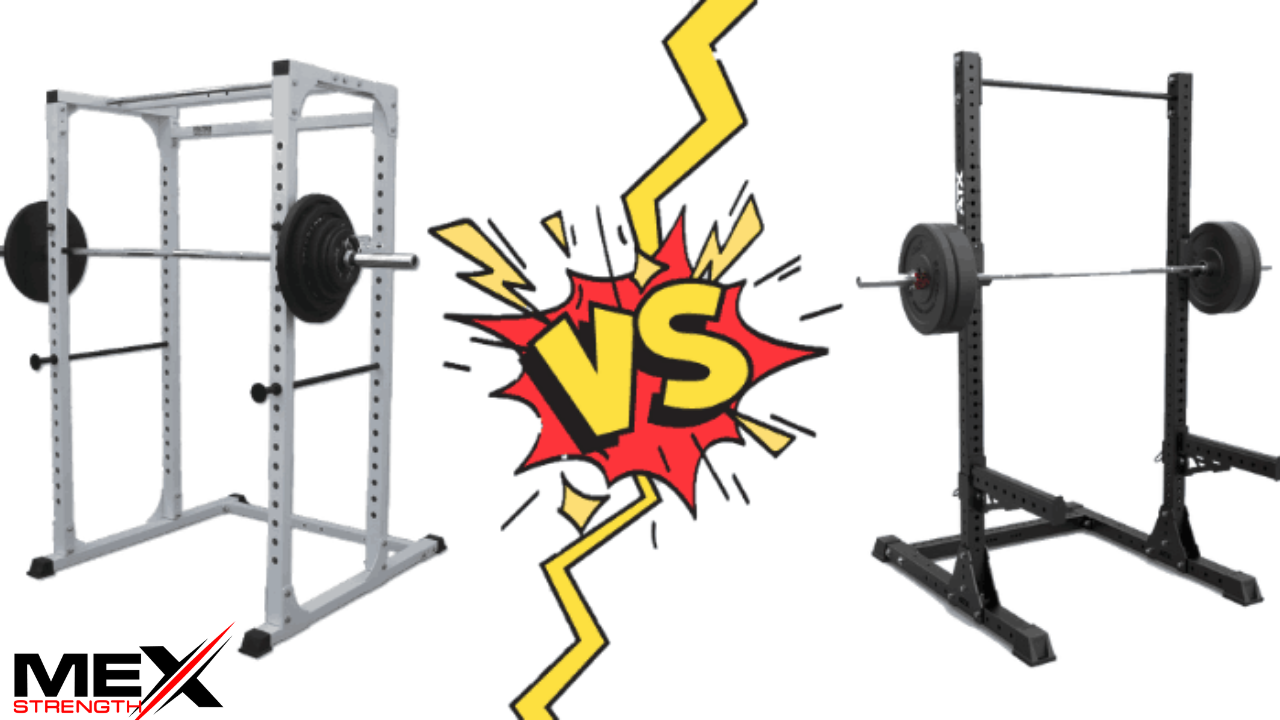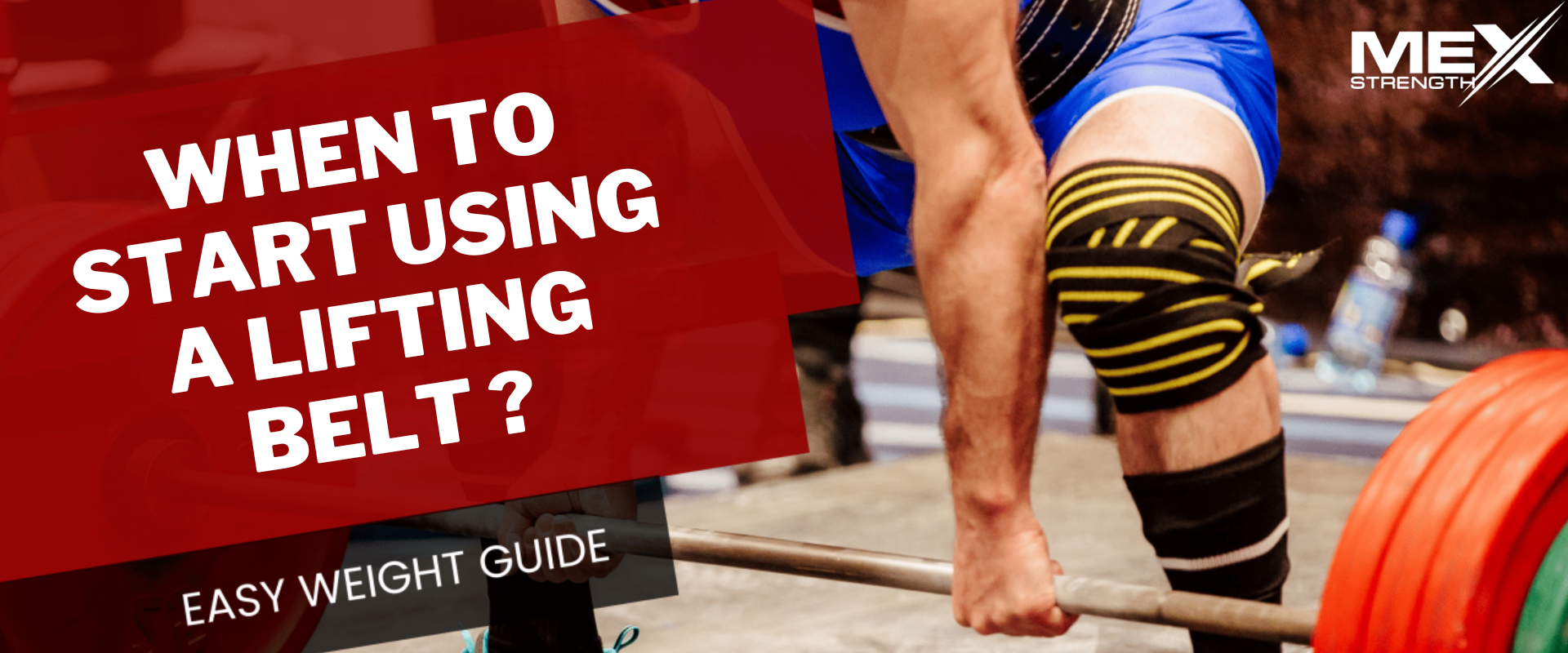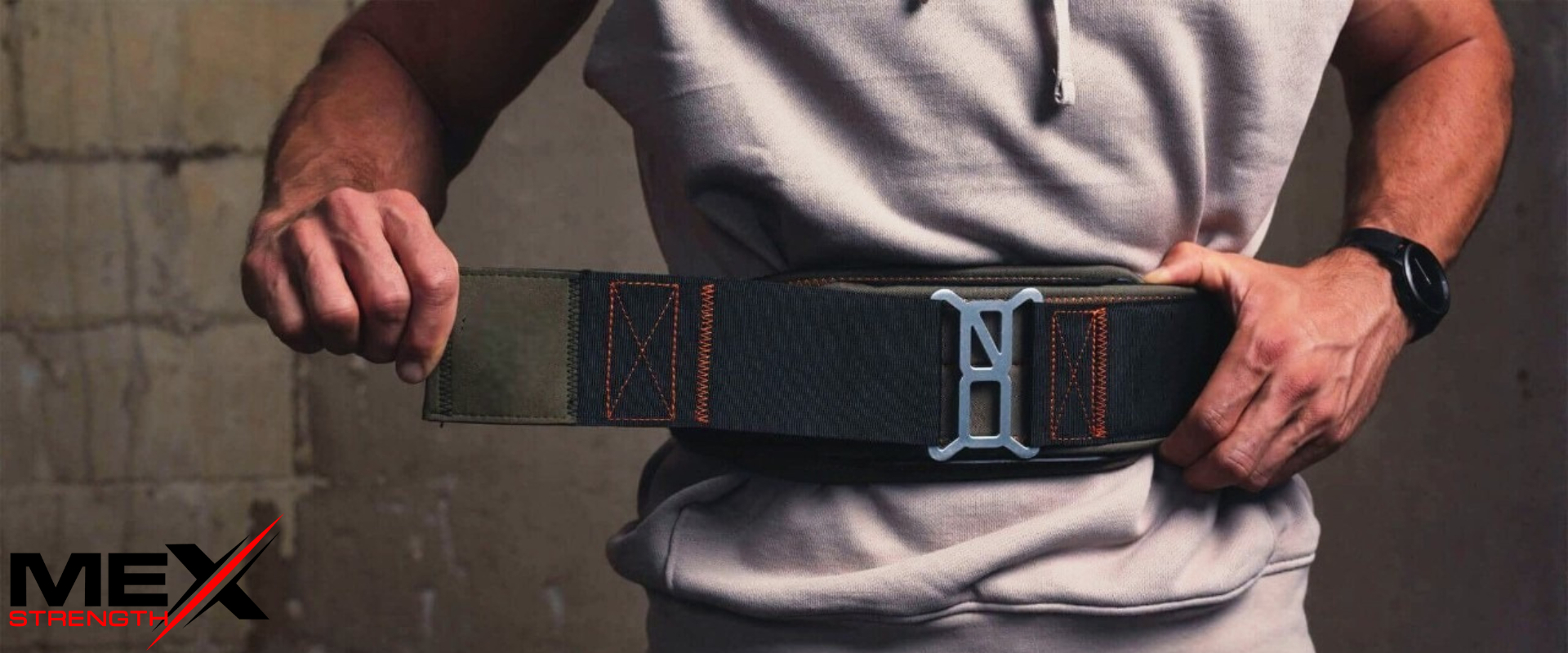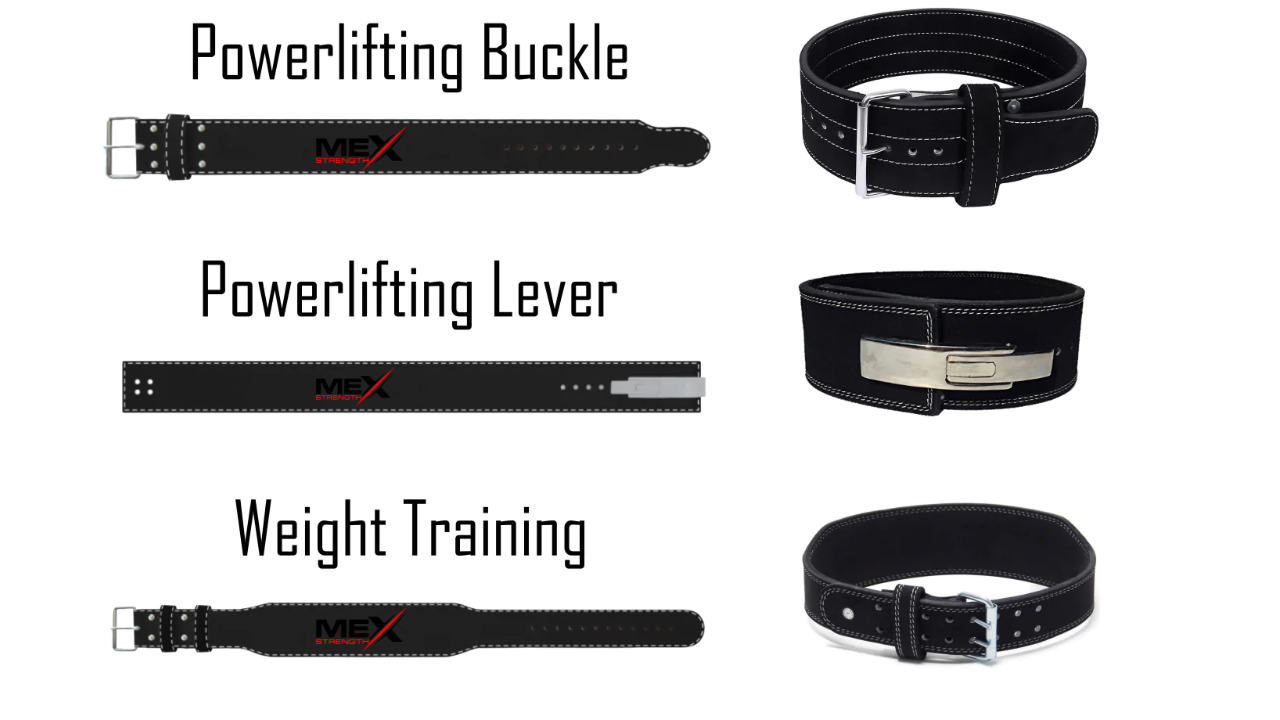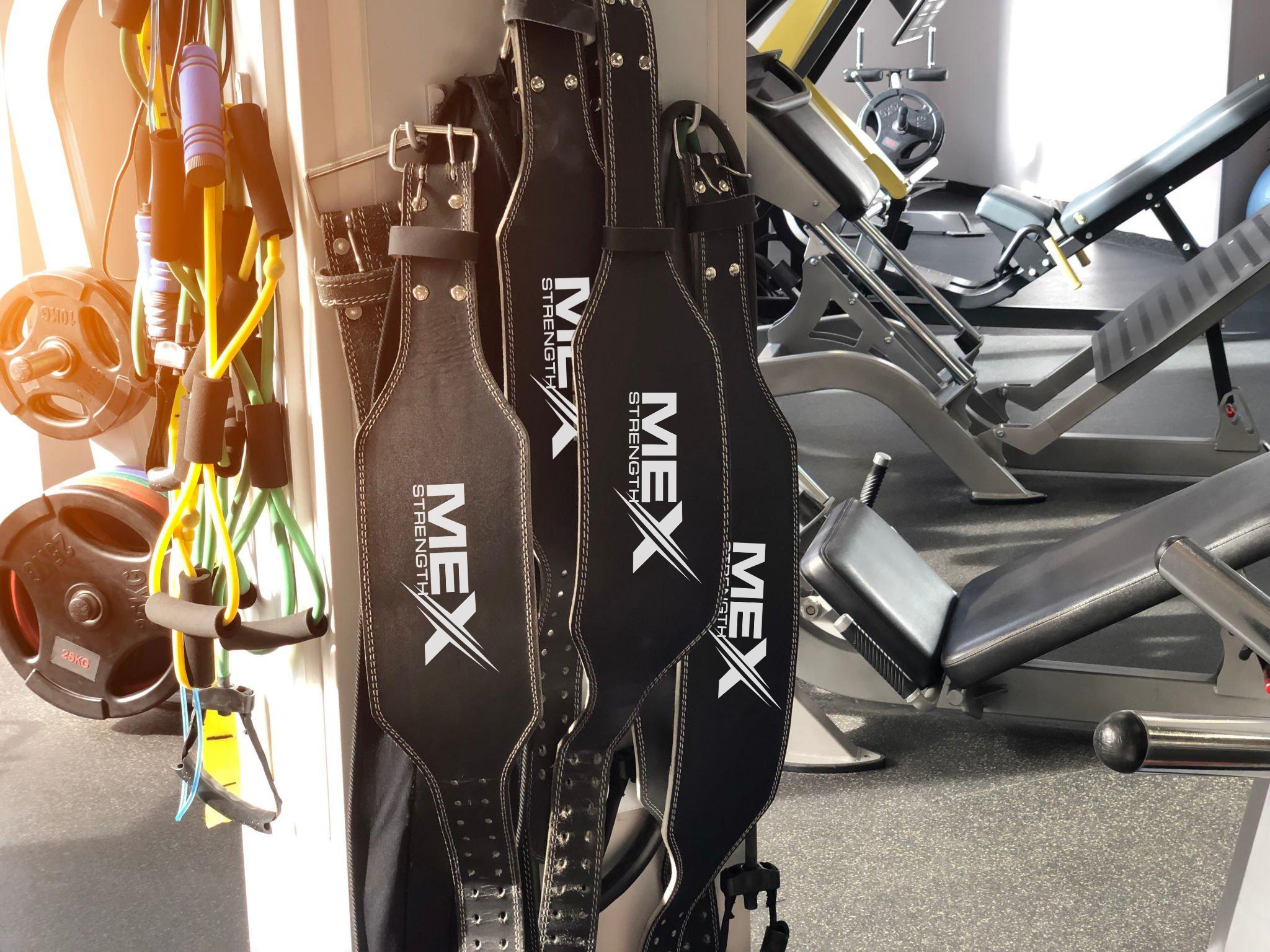Leather vs Nylon Lifting Belt – Which One Should You Use?
When it comes to weightlifting and strength training, having the right equipment is crucial for maximizing performance and minimizing the risk of injuries. One essential piece of equipment for many weightlifters is a lifting belt, which provides support to the core and lower back during heavy lifts. However, choosing the right type of lifting belt can be a daunting task, especially when faced with options like leather and nylon. In this comprehensive guide, we will delve into the debate of leather vs nylon lifting belts, examining their features, benefits, and considerations to help you make an informed decision.
Leather Lifting Belts
Overview
Leather lifting belts have been a popular choice among weightlifters for decades and for good reason. Crafted from genuine leather, these belts offer a combination of durability, support, and aesthetic appeal. Let’s take a closer look at the key aspects of leather lifting belts.
Durability And Longevity
One of the standout features of leather lifting belts is their exceptional durability. Leather, particularly high-quality full-grain leather, is renowned for its toughness and resistance to wear and tear. A well-maintained leather belt can last for many years, making it a wise investment for serious weightlifters.
Support And Stability
When it comes to providing support and stability, leather lifting belts excel. The sturdy construction and rigidity of leather allow it to effectively brace the core and lower back during heavy lifts. This support can help maintain proper form, reduce the risk of injuries, and enhance lifting performance.

Fit And Comfort
While leather lifting belts may require a breaking-in period, they mold to the shape of the body over time, resulting in a customized fit. This personalized fit contributes to improved comfort during workouts, allowing weightlifters to focus on their lifts without distraction.
Aesthetic Appeal
In addition to their functional benefits, leather lifting belts often have a classic and stylish appearance. The natural grain patterns and rich textures of leather add a touch of sophistication to your weightlifting attire.
Nylon Lifting Belts
Overview
Nylon lifting belts have gained popularity in recent years as a viable alternative to leather belts. These belts are typically made from durable nylon webbing and offer their own unique set of advantages. Let’s explore the key features of nylon lifting belts.
Lightweight And Flexible
Compared to leather belts, nylon lifting belts are generally lighter and more flexible. This lightweight nature allows for greater freedom of movement, which can be beneficial for exercises that involve dynamic movements, such as Olympic lifts.
Adjustability And Ease Of Use
Nylon lifting belts often feature a quick-release buckle or Velcro closure system, making them easy to put on and remove. Additionally, their adjustable nature allows for a personalized fit, accommodating different body sizes and shapes.

Breathability And Moisture Management
One notable advantage of nylon lifting belts is their superior breathability. The woven nylon material promotes air circulation, preventing excessive heat and moisture buildup during intense workouts. This breathability factor can enhance comfort and reduce the likelihood of skin irritation.
Cost-Effective Option
For individuals on a budget or those who are just starting their weightlifting journey, nylon lifting belts offer a cost-effective option. Compared to leather belts, nylon belts are generally more affordable while still providing a satisfactory level of support and stability.
Nylon vs. Leather Lifting Belts
When it comes to choosing between nylon and leather lifting belts, there are several factors to consider, including durability, comfort, support, and personal preference. Let’s delve into the details of each belt type and explore their unique characteristics.
Nylon Lifting Belts
Nylon lifting belts are known for their lightweight and flexible design. They are typically constructed using layers of sturdy nylon material, often reinforced with stitching or other materials for added durability. Here are some key features and benefits of nylon lifting belts:
- Flexibility and Comfort: Nylon belts offer greater flexibility, allowing for a wide range of movements during various exercises. This flexibility can be particularly beneficial for dynamic workouts that involve explosive movements, such as Olympic weightlifting or CrossFit.
- Breathability: Nylon lifting belts are generally more breathable than their leather counterparts, as the woven nylon material allows air to circulate, reducing the risk of excessive sweating and discomfort during intense workouts.
- Affordability: Nylon lifting belts are often more cost-effective compared to leather belts, making them an attractive option for those on a budget.

Leather Lifting Belts
Leather lifting belts have been a popular choice among weightlifters for decades. They are constructed using high-quality leather, typically with a thickness ranging from 10mm to 13mm. Here are some notable features and benefits of leather lifting belts:
- Durability and Support: Leather belts are renowned for their exceptional durability and ability to withstand heavy loads. The stiffness of the leather provides excellent support to the lower back, making it an ideal choice for powerlifting and heavy strength training.
- Conforming Fit: Over time, leather lifting belts mold to the shape of the lifter’s body, creating a custom fit that offers maximum support and comfort.
- Aesthetics: Leather belts often exude a classic and professional appearance, appealing to weightlifters who prioritize style along with functionality.
Choosing The Right Option
Now that we have examined the key features and benefits of both leather and nylon lifting belts, let’s discuss some factors to consider when selecting the right option for your needs.
Training Goals And Lifting Style
Your specific training goals and lifting style play a significant role in determining the most suitable lifting belt. If you primarily engage in powerlifting and heavy compound lifts, a leather belt’s superior rigidity and support may be preferable. On the other hand, if you focus on Olympic weightlifting or exercises that require more flexibility, a nylon belt’s lightweight and dynamic nature might be a better fit.
Body Size And Shape
Consider your body size and shape when choosing a lifting belt. Leather belts are often available in various thicknesses and widths, allowing you to select the one that best matches your physique. Nylon belts, with their adjustable nature, can also accommodate different body types.
Personal Preference
Ultimately, personal preference plays a vital role in your decision-making process. Some weightlifters prefer the classic appeal and longevity of leather belts, while others value the lightweight and cost-effective aspects of nylon belts. It’s important to try out different options and see which one feels more comfortable and supportive for you.
Conclusion
Choosing the right lifting belt is essential for weightlifters seeking optimal performance and safety. Both leather and nylon lifting belts offer unique advantages, catering to different training goals and preferences. Leather belts provide exceptional durability, support, and a timeless aesthetic, while nylon belts offer flexibility, adjustability, and breathability. By considering factors such as training goals, body size, and personal preference, you can make an informed decision and select the lifting belt that best suits your needs. Remember, the right lifting belt should enhance your lifting experience and help you achieve your fitness goals with confidence and comfort. For more details visit our website.
